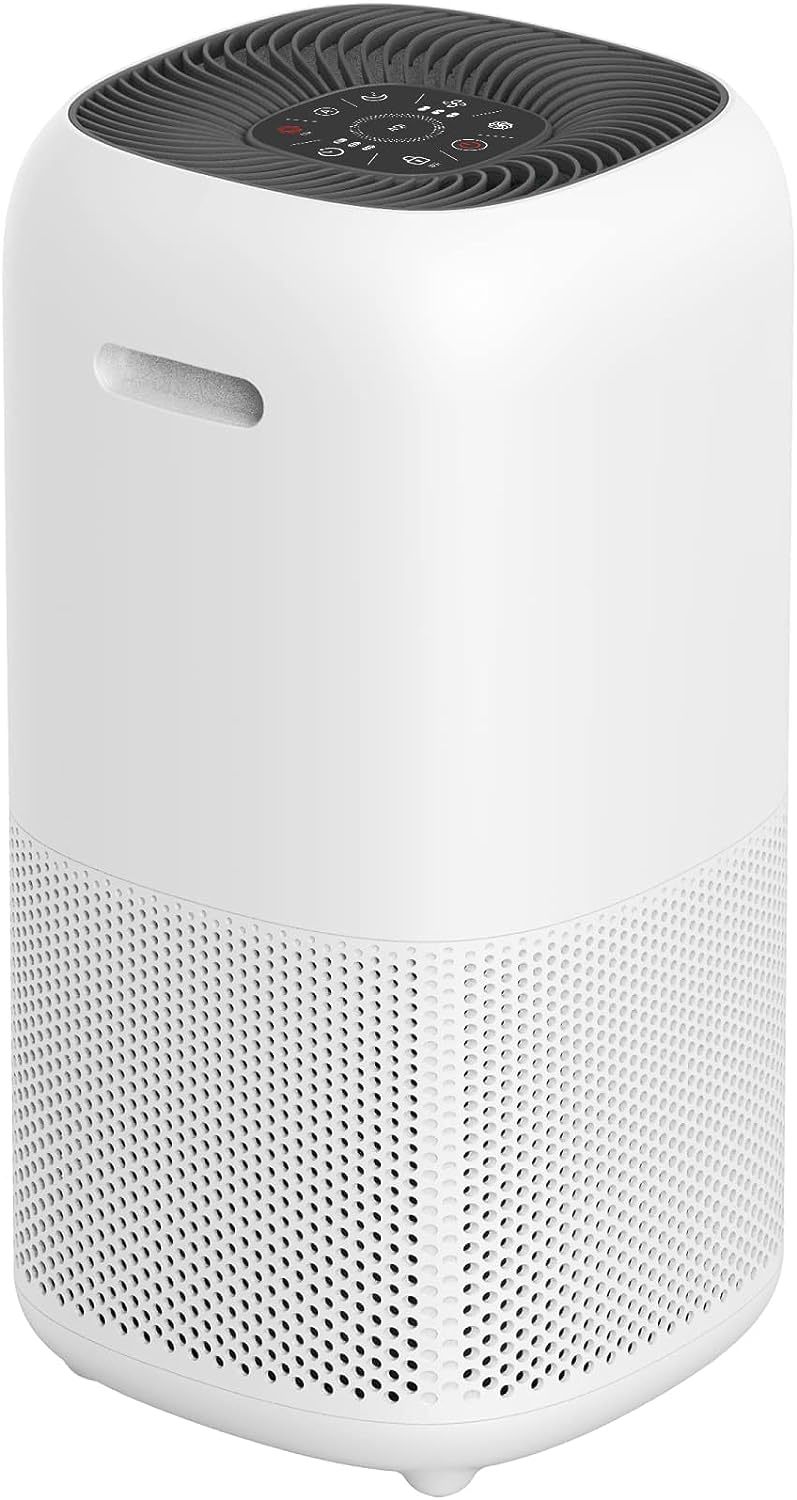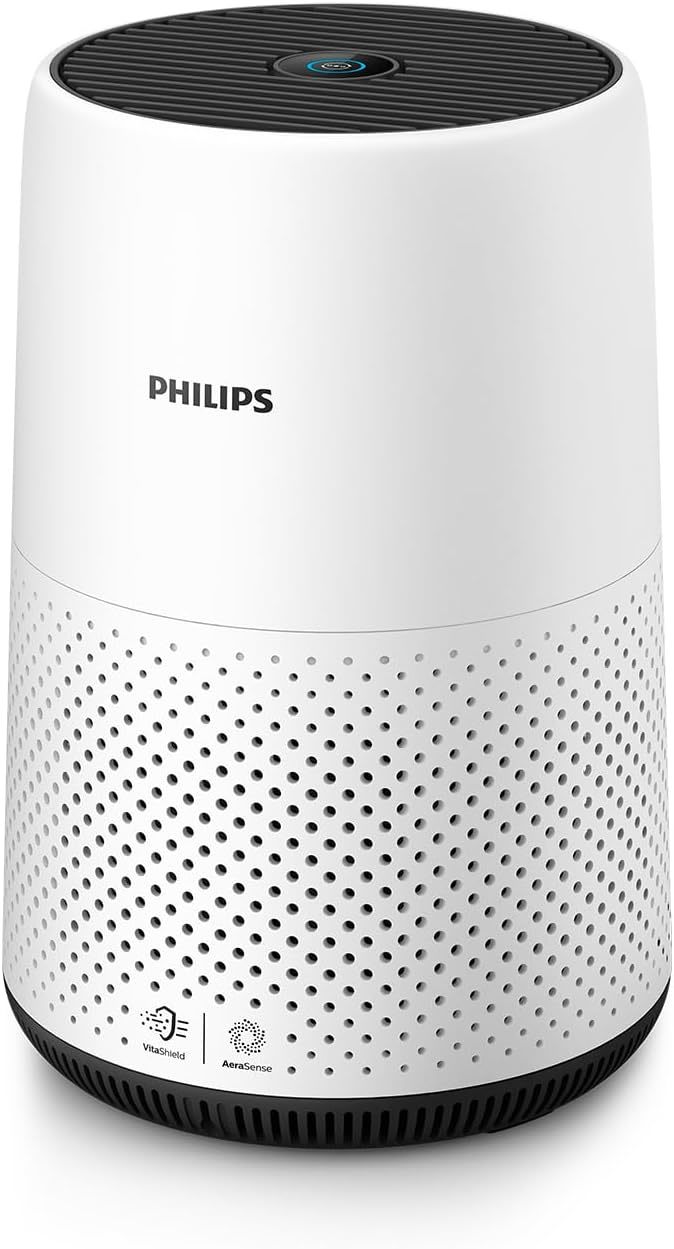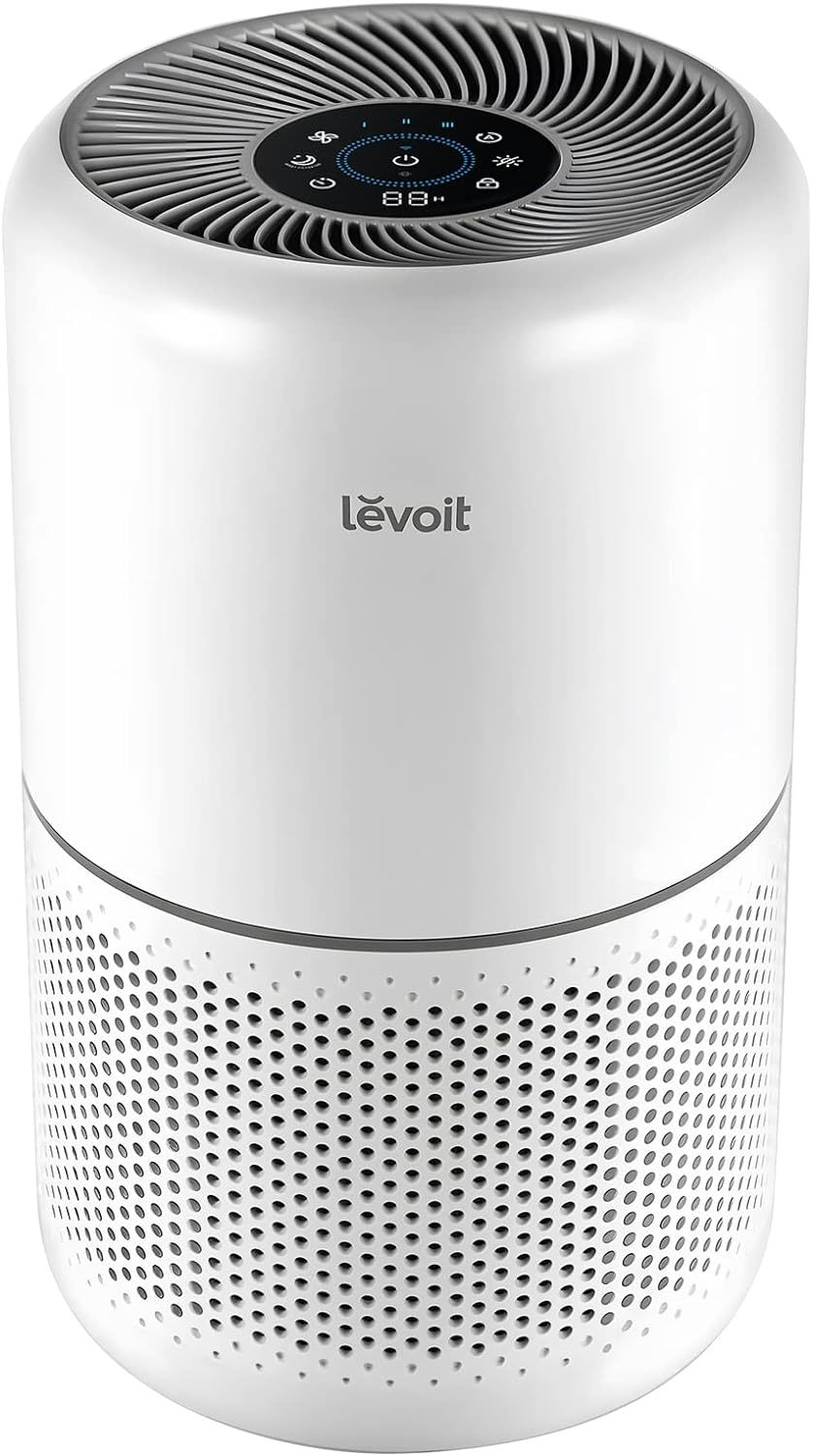
Top 10 Ways to Improve Air Quality in Your Home
The quality of the air we breathe plays a crucial role in our overall health and well-being
The quality of the air we breathe plays a crucial role in our overall health and well-being. With the majority of people spending a significant amount of time indoors, it's essential to maintain good indoor air quality. Poor indoor air quality can lead to various health issues, including allergies, respiratory problems, and even long-term health risks. Fortunately, there are several effective ways to improve air quality in your home. In this blog, we will explore the top 10 strategies to help you breathe easier and live healthier.
Regular Ventilation
Proper ventilation is fundamental to maintaining good indoor air quality. Open windows and doors whenever possible to allow fresh air to circulate through your home. In addition to natural ventilation, consider using exhaust fans in areas prone to moisture buildup, such as bathrooms and kitchens. This helps remove excess humidity and prevent the growth of mould and mildew.
Air Purifiers
Invest in a high-quality air purifier with a HEPA (High-Efficiency Particulate Air) filter. Air purifiers can remove allergens, dust, pet dander, and even harmful airborne particles like smoke and bacteria. Place them in bedrooms or common areas for the best results.
Houseplants
Houseplants not only add a touch of nature to your home but also act as natural air purifiers. Certain plants, such as spider plants, snake plants, and peace lilies, can help filter out pollutants and improve air quality. Just be sure to choose plants that are safe for pets if you have animals at home.
Control Humidity
Maintaining the right humidity levels in your home is crucial for air quality. Use a dehumidifier to reduce excess moisture, which can lead to mould growth and worsen allergies. Conversely, use a humidifier during dry months to prevent dry skin and respiratory discomfort.
Avoid Smoking Indoors
Tobacco smoke is a major indoor air pollutant and can have severe health consequences. If you smoke, do so outdoors and designate smoking areas away from your home. This simple step can significantly improve the air quality inside.
Clean Regularly
Regular cleaning helps reduce dust, allergens, and pollutants in your home. Vacuum carpets and rugs with a HEPA filter-equipped vacuum cleaner, dust surfaces, and wash bedding and curtains regularly. Additionally, consider using allergen-proof covers for mattresses and pillows.
Ventilation in the Kitchen
Cooking can release airborne pollutants and odors. Install an exhaust fan over your stove to help remove cooking fumes and prevent them from spreading throughout your home. Keep kitchen windows open when cooking if possible.
Control Allergens
Allergens such as pet dander, pollen, and dust mites can trigger allergies and asthma symptoms. To control allergens, groom your pets regularly, use allergen-proof covers on bedding, and consider using an air purifier designed to capture allergenic particles.
Choose Low-VOC Products
Volatile Organic Compounds (VOCs) are chemicals emitted by certain household products like paints, cleaning supplies, and furniture. Opt for low-VOC or VOC-free products to reduce indoor air pollution. Ensure proper ventilation when using products that do contain VOCs.
Radon Testing
Radon is a radioactive gas that can seep into homes through the ground. It is odorless and colorless, making it difficult to detect without proper testing. Radon exposure has been linked to lung cancer. Consider testing your home for radon and taking corrective measures if necessary.
Conclusion
Improving air quality in your home is essential for your health and well-being. By implementing these ten strategies, you can create a healthier indoor environment for you and your family. Remember that small changes can have a significant impact, so start by incorporating one or two of these practices into your daily routine and gradually make them a part of your lifestyle. Your lungs and overall health will thank you for it.

Amazon Basics Air Purifier
CADR 400m³/h, Large Room 48m² (516ft2) with True HEPA Activated Carbon Filter Removes 99.97% of Allergies, Dust, Smoke, Intelligent Air Quality Sensor

Philips Series 800 Compact Air Purifier
Real Time Air Quality Feedback, up to 48 m², 190 m³/h CADR, Anti-Allergen, Reduces Odours and Gases, HEPA and NanoProtect filter

LEVOIT Smart Air Purifier for Home
H13 HEPA Air Filter with Real Time Air Quality Sensor
